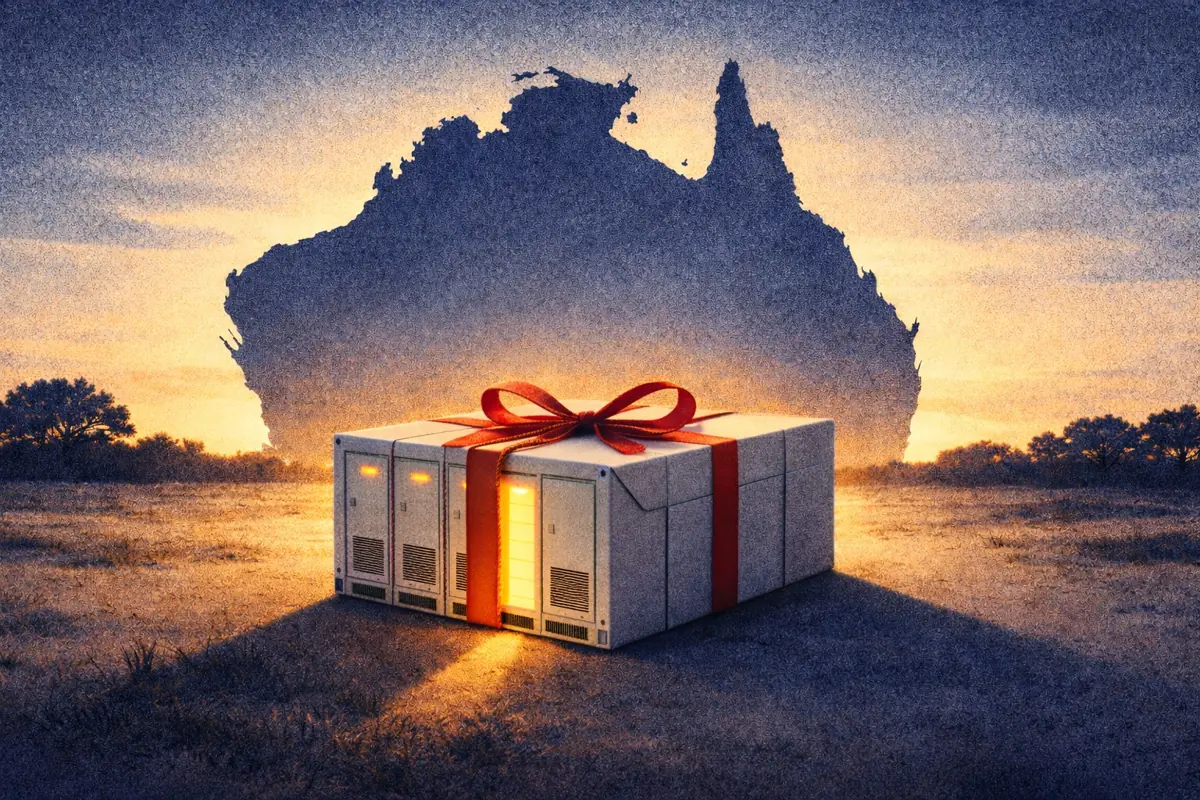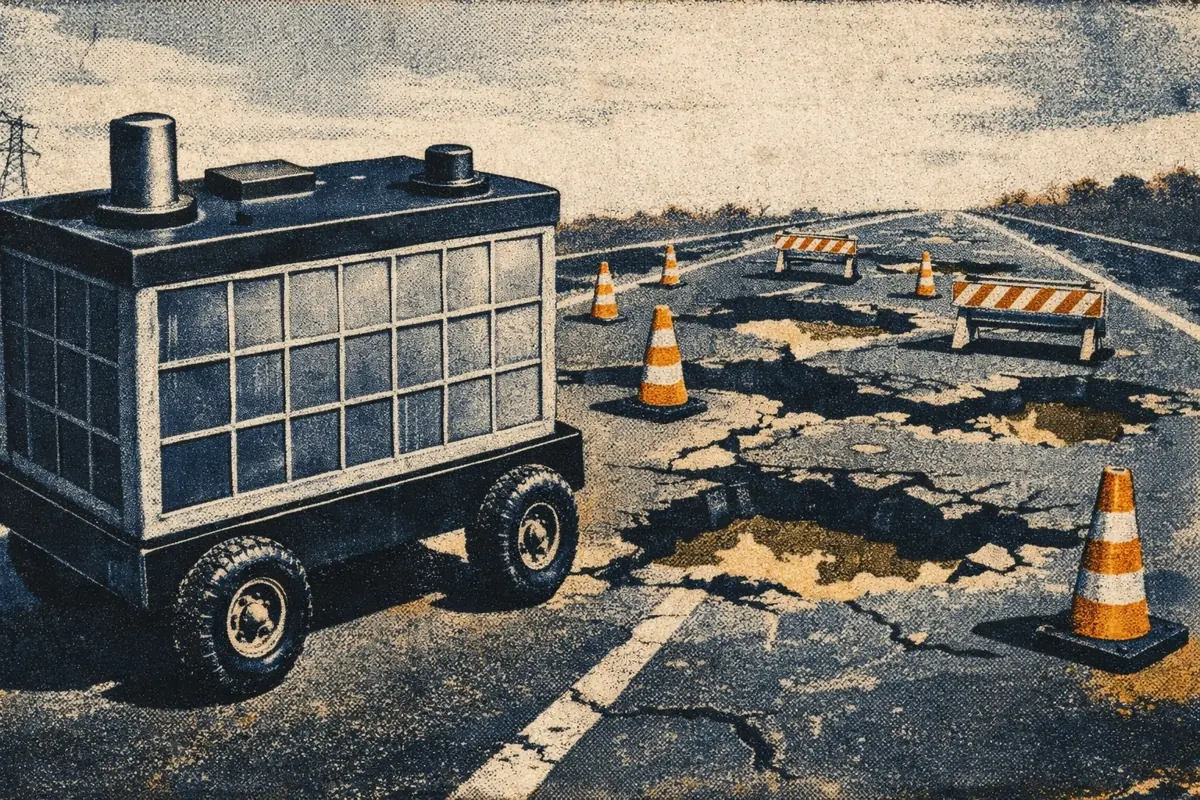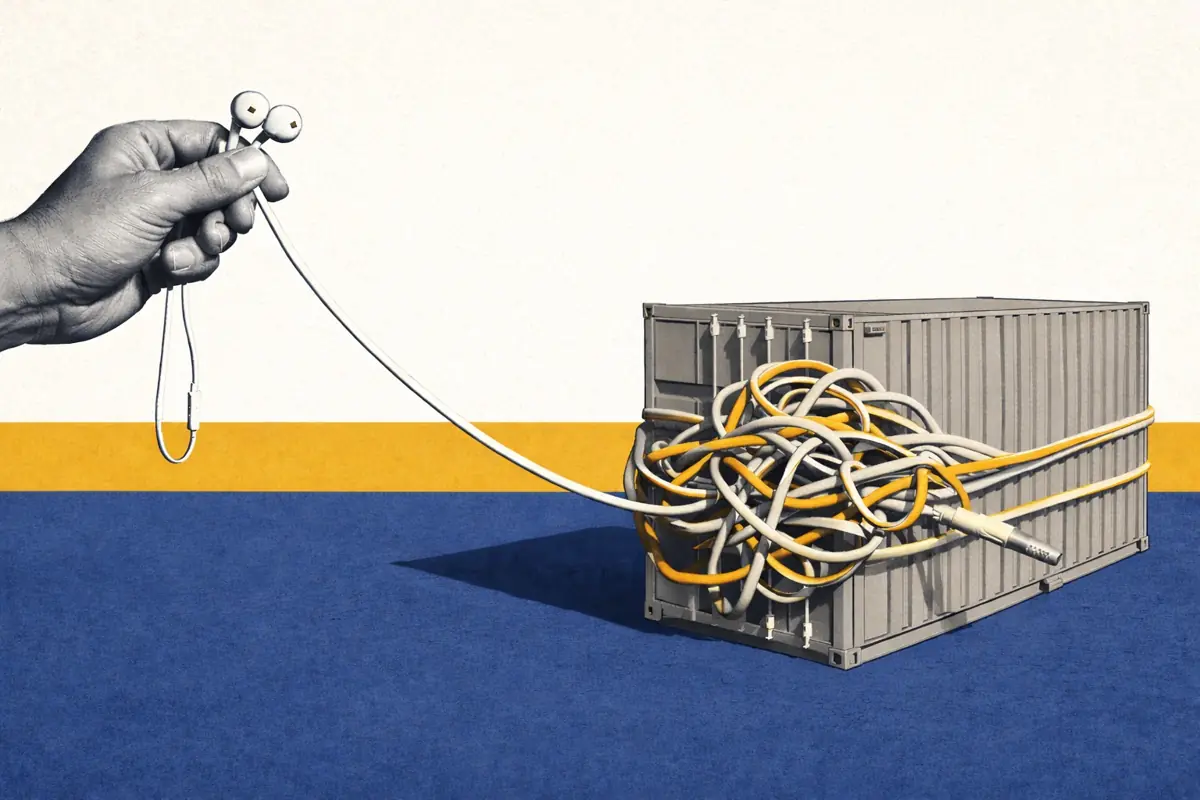Balancing Mechanism: will transmission constraints increase battery revenues?
Balancing Mechanism: will transmission constraints increase battery revenues?
Balancing Mechanism revenues for batteries are projected to grow with the rollout of the Open Balancing Platform. This should also lead to an increasingly locational element in how batteries are dispatched. This will be determined by how the Balancing Mechanism is used to manage transmission constraints.
But how do transmission constraints increase Balancing Mechanism dispatch rates, and which locations have the greatest potential revenue upside?
- The Balancing Mechanism is used to manage power flows across boundaries, preventing actual power flows from surpassing transmission network capacity.
- The ESO dispatches Bids in supply-constrained regions and Offers dispatched in demand-constrained regions.
- Revenue uplifts are greatest for batteries in demand-constrained regions as dispatch rates are highest and Offers provide more value than Bids.

Constraints develop as potential power flows exceed the capacity of the transmission network
Over time, electricity demand will increase steadily in urban centers such as London and South East England. Generation will increase to meet this demand. Generation growth will be more decentralized as offshore wind replaces large thermal generators closer to demand centers.
This increases the amount of electricity flowing through the transmission network - as it travels further between where it is generated and where it is consumed. The net flow of energy into London increases from 5 GW today to 8 GW by 2040. Meanwhile the net flow of energy from Scotland into England increases from 6.6 GW today to 15.5 GW.
Bottlenecks in the transmission network are defined by boundaries
The amount of power that can flow through the transmission network depends on the thermal capacity of transmission lines. The ESO defines several ‘boundaries’ in the transmission network, drawn at bottlenecks in the transmission network. For example, a thermal constraint on a 400 kV transmission line limits the B6 boundary separating Scotland and England to a capacity of 6.3 GW.

A constraint forms when the potential power flow across a boundary - the difference in supply and demand on each side - exceeds the capability of the boundary. Constraint levels, or the average power flow over a boundary as a proportion of its capacity, vary over time. The constraint level on the EC5 boundary surrounding East Anglia increases when generation from offshore wind is high.
Transmission reinforcement, or changes in generation and demand, are ultimately the only long-term solutions for these constraints.

These changes in generation and transmission capacity change constraint levels significantly in the future. With increasing wind capacity, the average potential constraint levels across significant boundaries will increase from 68% in 2024 to 80% in 2028. Reinforcement of transmission infrastructure then reduces this again in many regions.

Two exceptions to the average shape are the London and Eastern regions. The constraint level in London increases gradually over time. The constraint level in the Eastern region, on the other hand, drops off significantly following a buildout of transmission infrastructure.
The Balancing Mechanism resolves constraints by re-dispatching regional generation
The ESO uses the Balancing Mechanism to manage power flows across a boundary and resolve potential constraints. This prevents actual power flows from exceeding the capacity of the transmission network.
On the supply side of a constraint, Bids are dispatched to reduce generation. On the demand side of a constraint, Offers are dispatched to increase generation. This, in effect, decreases the amount of power that needs to flow through the transmission network. To balance energy across the entire system, the ESO must match an action taken on one side of a boundary with an opposite action on the other side.

As average constraint levels increase in the short-term, so too do constraint-related Balancing Mechanism actions. These will more than double from 2024 to 2028 as demand and generation increase.
Dispatch rates in constrained regions exceed those in unconstrained areas
Requirements for managing constraints through the Balancing Mechanism will lead to changes in battery dispatch rates. These grow over time - driven by the rollout of the Open Balancing Platform and other changes in the control room.
Already a subscriber?
Log in







